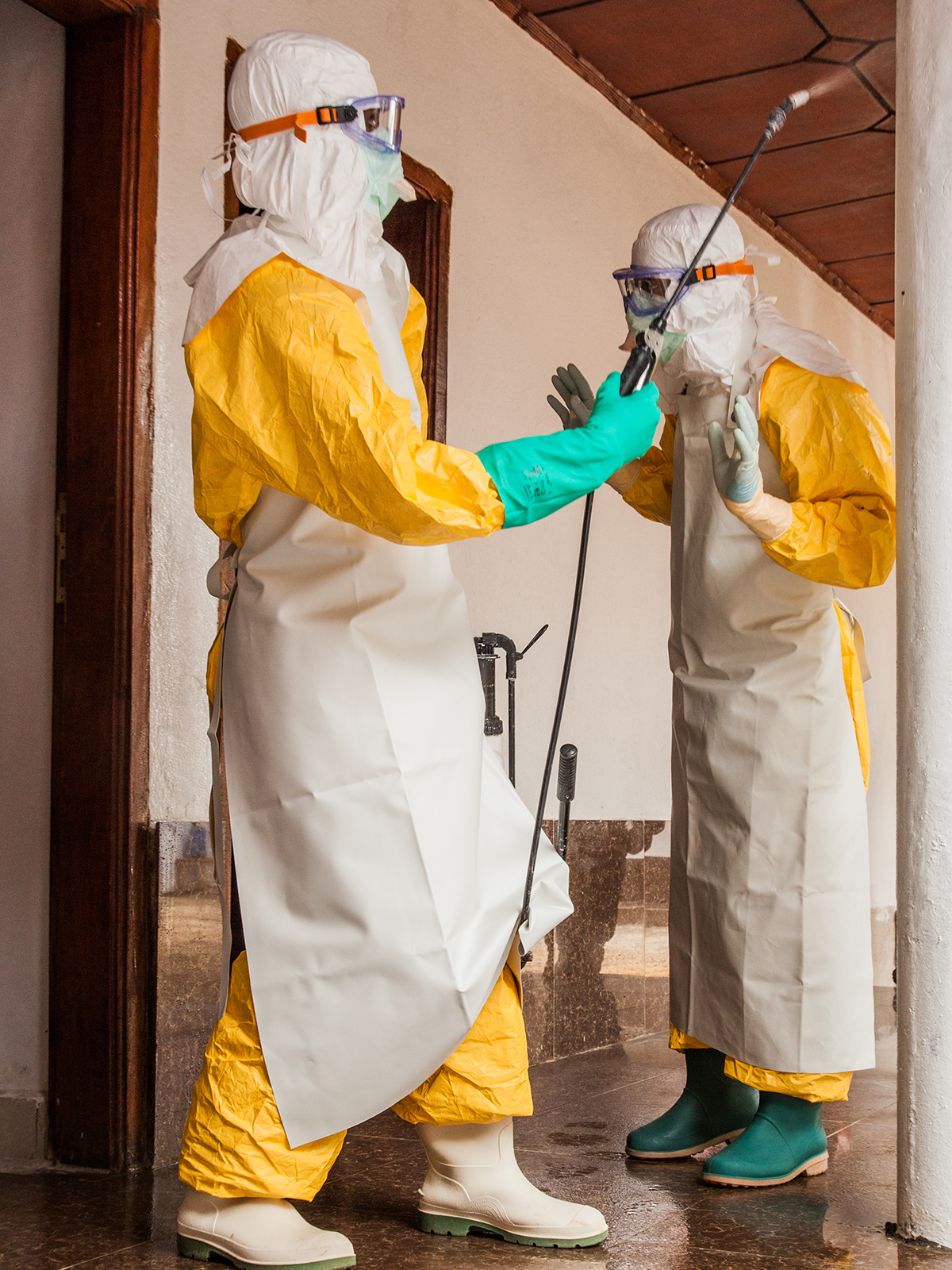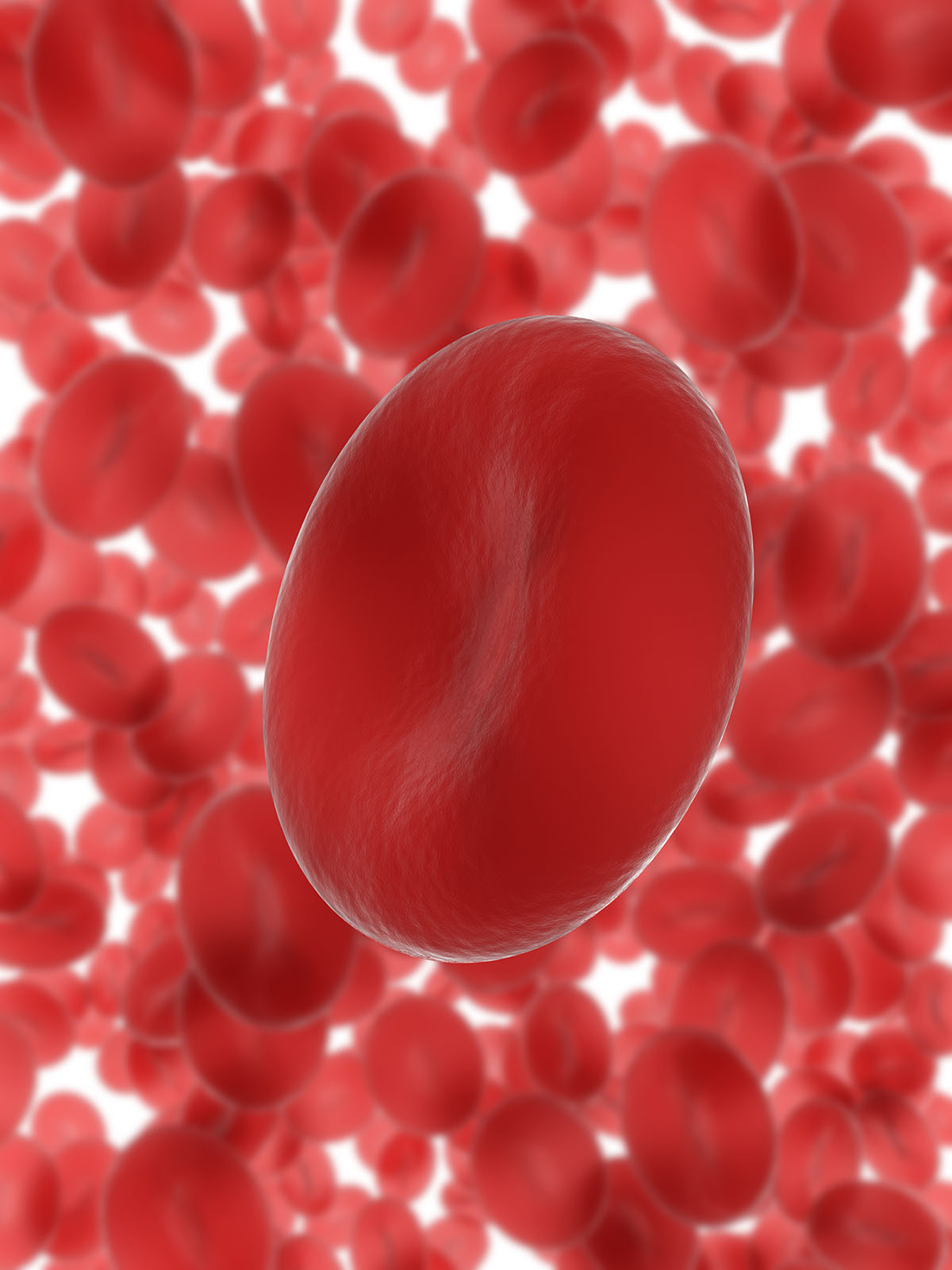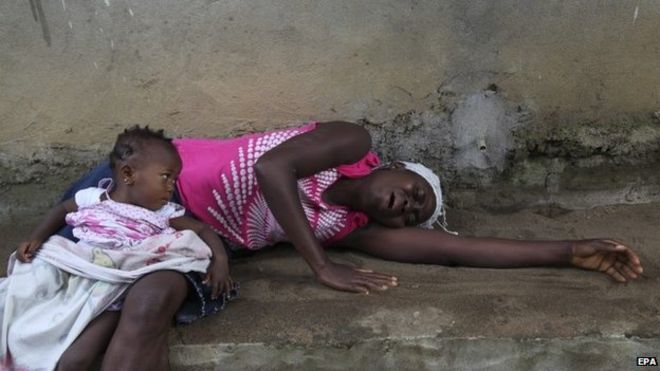The Ebola Virus
Ebola Update
The Ebola Crisis
In September 2014, GlobalMed Technologies USA received a letter from the Ministry of Health & Social Welfare of Liberia. The letter was signed by the Deputy Minister for Health Services/Chief Medical Officer; Dr. Bernice T. Dahn MD.
Dr. Fernandez and the GlobalMed Team immediately commenced preparations for our deployment to Liberia, Guinea, and Sierra Leon. Our primary objective was to provide our treatment first to those afflicted in Monrovia, Liberia, and then to train the necessary personnel and provide all the equipment and supplies required to treat all those exposed throughout Africa. This was GlobalMed’s opportunity to provide a life-saving treatment against one of the most lethal diseases on earth. All treatments and training were to be provided free of charge.
GlobalMed in collaboration with the Kyrie Eleison Foundation was poised to deploy when we received notice that the United States Military had established a quarantine mobile hospital and all afflicted were to be processed and treated via this facility. This in essence put a halt to our efforts; the primary reason being “the treatment was experimental and carried a high risk”.
In the future, GlobalMed will be prepared to deploy and meet any crisis worldwide without having to rely on any third-party assistance. GlobalMed knows the efficacy of its treatment process and this is evident with our approval for another deadly disease, HIV Aids. We are including below our presentation to the Ministry of Liberia and the invitation letter for your viewing.
About Ebola
According to the WHO (World Health Organization) and the CDC (Center for Disease Control), EVD (formerly known as Ebola Hemorrhagic Fever) was first identified back in 1976 near the Ebola River in a region now known today as the Democratic Republic of Congo. Until recently only five strains had been identified:
- Ebola virus (species Zaire ebolavirus)
- Sudan virus (species Sudan ebolavirus)
- Taï Forest virus (species Taï Forest ebolavirus, formerly Côte d’Ivoire ebolavirus)
- Bundibugyo virus (species Bundibugyo ebolavirus)
- Reston virus (species Reston ebolavirus)
Only four of these strains (Ebola, Sudan, Taï Forest, and Bundibugyo viruses) have been confirmed to infect people with the disease. Recently a sixth strain was identified being carried by at least two species of bats in Sierra Leone as the Bombali virus. No humans have been confirmed to be infected by the Bombali virus.
Read More...
EVD is spread through direct contact with bodily fluids of either people or objects that have been infected with their bodily fluids. Infection of EVD can occur through sexual contact, open wounds, broken skin or mucous membranes in the eyes, nose, or mouth, and or people in direct contact with the blood, bodily fluids, and tissues of an infected bat or primate.
Scientists are still puzzled as to where the virus originated, however, almost all of the research completed to date shows that the virus most probably is an animal-borne virus carried by various animals such as bats, apes, monkeys.
Some Survivors of the virus, experience permanent adverse effects after their recovery. The most common conditions experienced are eye and vision problems, followed by muscle aches, tiredness, and stomach pains.






